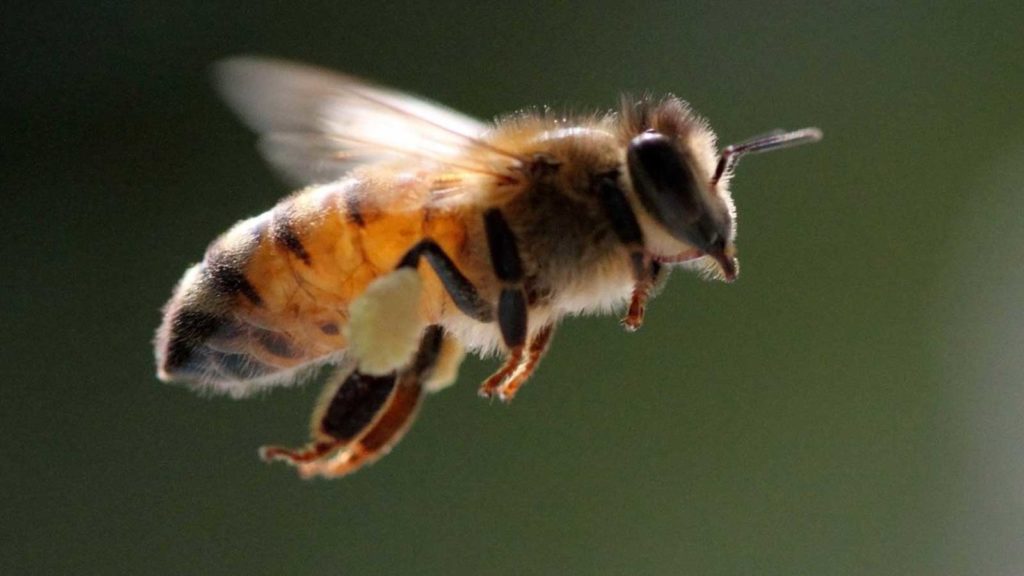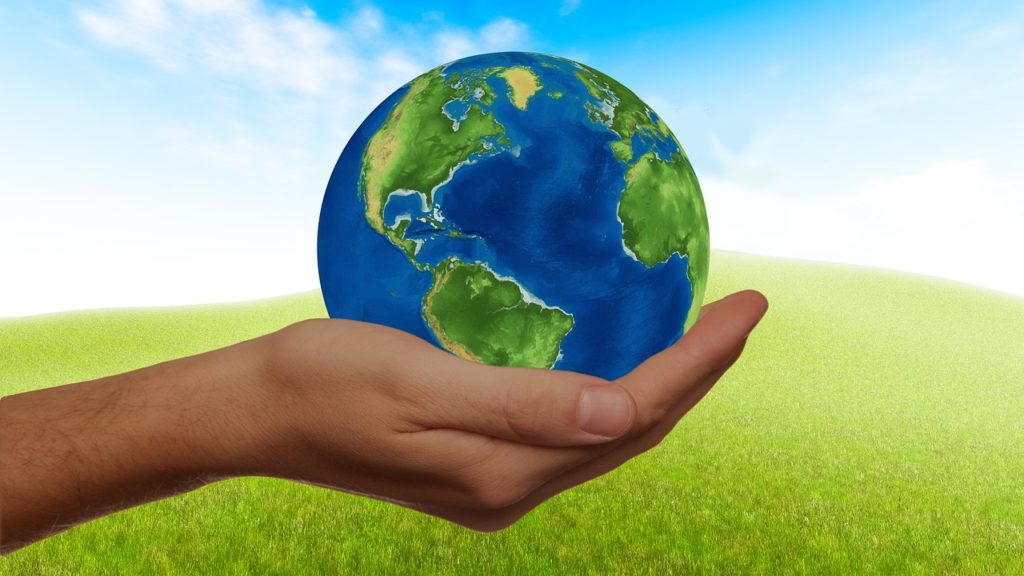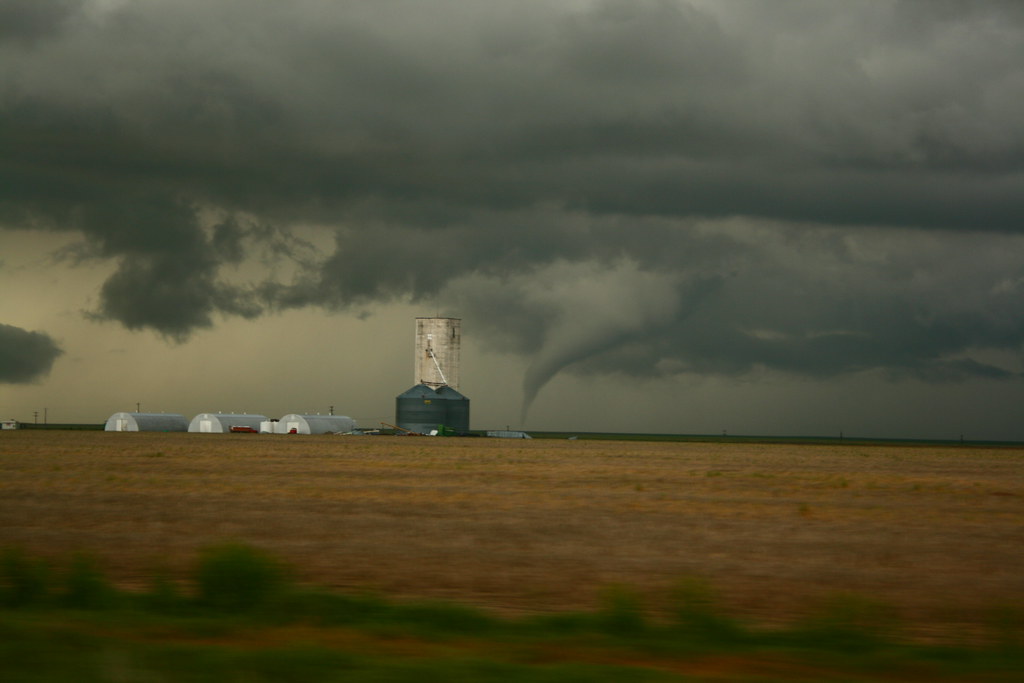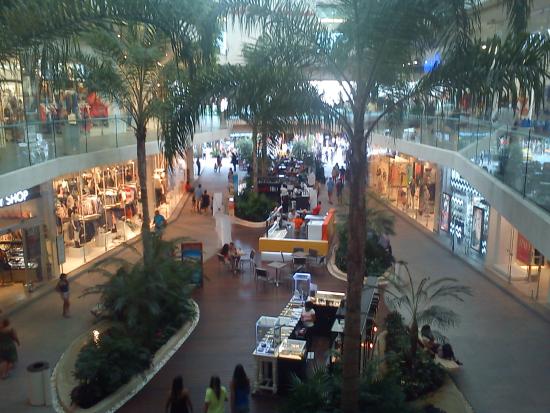The sweet legacy of the Mayans
Of all the activities on the planet, the one most linked to our survival is that carried out by bees. In their quest to obtain nectar from the flowers, they contribute to the much-needed pollination process. That is, every time a bee lands on a flower to extract the nectar that feeds it, it inadvertently transports the pollen in its body that will fertilize the next flower on which it lands. With this, the development of the fruits that are the basis of the subsistence of many species of fruit plants is achieved and the beginning of a huge food chain without which life on earth would be impossible. In short, they are the bees, those tireless workers on whom we depend to survive as a species. The day the bees leave, so will the plants and humans.

Through millennia, men have learned to care for and take advantage of the benefits of bees. Its sweet honey is one of humanity’s favorite products and its consumption has spread throughout the planet. How many delicious recipes do not include an amount of honey to give an exquisite flavor to the making of sweets and pastries? We all have at least one favorite food that includes honey. Also, in addition to sweetness, honey is possessed of a large number of beneficial properties for health.

All kinds of honey, of course, are different in flavor, color, and texture, since their natural characteristics depend on the type of flowering from which the bee extracts the nectar, and on the species of bee that makes it, which in this region are basically the Melipona beecheii (without sting) and the Apis mellifera, although there are 16 native species of bees in the Yucatán Peninsula.
Given the evident importance of bees as pollinators, the United Nations FAO (Food and Agriculture Organization) reports that there are records of more than 20,000 species of bees, among which 3,500 stand out as responsible for increasing agricultural yields.
Although the Apis melífera or European bee stands out in the world, there are in Mexico and Guatemala a great variety of native bees, known as Mayan bees (xumman kaab and ko olel kaab), whose hives are found in intertropical regions of the Yucatan Peninsula. in the states of Yucatán, Campeche and Quintana Roo, which is an immense limestone plain of 140,000 km2 where intertropical forests predominate, with vines, climbing plants, barbasco (makal kuch, xtabentun); trees and shrubs and various blooms such as sak katsim (Mimosa bahamensis) and sak piksoy (Trema micrantha).
There is evidence of beekeeping work since the times of the Mayan Empire inscribed in historical documents such as the Chilam Balam and the Popol Vuh.
Likewise, one of the most interesting aspects is that for the Mayans, bees and people not only share a territory that can be the mountains or the fields where honey is produced, but also the domestic or urban territory called alak. For the Mayan priests, there is no doubt that the destiny of men and bees is linked and that is why they call the bees “people”. This duality or parallelism is perhaps what unites men with the future of bees and that is why the Mayan beekeepers demonstrated that bees are the queens of the universe, recently winning the battle against transgenic crops in Yucatan.
Finally, we want to invite you to learn more about the production of honey in the region, which in 2019 had a production of 11,509 tons and that due to its unbeatable taste and quality is one of the main export products to countries such as Germany, France, the Netherlands. and the United States. Beekeeping in the Yucatan Peninsula, even when it is a large industry requires our recognition and constant care not only for its sweet production but for the relevance it has in the pollination of so many fruits and vegetables that are part of our daily diet which contribute to the health and well-being of the world at large.
Is there a more sustainable activity than beekeeping? Think about it.
Climate Change and Real Estate.
It seems that one of the recurring themes in the news headlines is that of global warming and climate change. But what exactly are these two things? Why are almost all governments in the world concerned? How does it affect ordinary people in our lives and expectations for the future? The more time passes, the more we learn about the great changes that have been taking place since the mid-nineteenth century when the Industrial Revolution started and that today have the planet, and therefore us, on the brink of collapse. In this case, the apocalypse is far removed from those futuristic visions of the nuclear holocaust and surprisingly it is rather something that has been happening little by little but with the same capacity to end civilization as we know it.

The current warming trend is of particular importance because it is unequivocally the result of human activity since the mid-20th century and is advancing at a rate unprecedented in millennia. It is undeniable that human activities have warmed the atmosphere, the ocean, and the land. and that widespread and rapid changes have occurred in the atmosphere, ocean, cryosphere, and biosphere.
The heat-retaining nature of carbon dioxide and other gases was demonstrated in the mid-19th century. Its ability to affect the transfer of infrared energy through the atmosphere is the scientific basis for many NASA instruments. There is no question that rising greenhouse gas levels should cause the Earth to warm in response.

Ice cores from Greenland, Antarctica, and tropical mountain glaciers show that Earth’s climate responds to changes in greenhouse gas levels. Ancient evidence can also be found in tree rings, ocean sediments, coral reefs, and layers of sedimentary rocks. This ancient evidence, or paleoclimate, reveals that current warming is occurring roughly ten times faster than the average ice age recovery warming rate. Carbon dioxide from human activity is increasing more than 250 times faster than it did from natural sources after the last Ice Age.
From the point of view of Real Estate, the issue of sustainability has become relevant and below we present 10 issues that will define 2022:
1.-The increasingly important role of real estate in advancing sustainability across the market: Real estate currently contributes nearly 40 percent of global carbon emissions and nearly 70 percent of global emissions in urban areas. Industry leadership in prioritizing sustainable development and operating practices can help inform sustainable policies at all levels of government, especially at the local level.
2.-Increased appetite for ESG investment: The appetite for ESG (environmental, social, and governance) investment continues to rise, with record inflows amid the COVID-19 pandemic. Real estate firms are now providing more opportunities for those investors to place their capital.
3.- Greater emphasis on health and social equity: The COVID-19 pandemic and recent protests for racial justice have raised the need for development that emphasizes health and social equity. Increasingly, health and wellness certifications are being sought to assure building users that their spaces are safe to enter and occupy. Land use, zoning, and the location of utilities are critical to better distribute equity.
4.- A Benchmark Expectation for Energy Efficiency in Real Estate: Energy efficiency remains a high priority and a feature that has become so prevalent that it is considered a “given” by tenants, landlords, managers, and developers. New technologies that make buildings healthier and more energy-efficient will avoid the need to compromise one goal to achieve the other; both are seen throughout the industry as key elements of sustainability.
5.- Tenants driving sustainability innovation: Commercial tenants consume an average of 40 to 60 percent of the total energy used in buildings. Additionally, top-tier tech tenants have set ambitious climate goals that are likely to raise the bar for overall tenant contributions to building performance. Several programs have been designed to help tenants conserve energy and reduce energy costs, emphasizing the importance of collaboration between tenants, building owners, and service providers.
6.- Reductions in emissions through embedded carbon from building construction materials: The carbon footprint of the built environment comes from both construction operations and construction materials, and reducing emissions from buildings requires an emphasis on both. Unless the industry begins to address the need to reduce embodied carbon in building materials, by 2050, taking into account all new construction planned for the next 30 years, embodied carbon emissions will equal those of operations.
7.- Buildings increasingly interactive with the network: Buildings are becoming increasingly interactive with the network as a way to reduce emissions from buildings through optimized construction operations, with an emphasis on alternative energy, including energy resources distributed on-site, renewable energy off-site, and green energy provided by utilities.
8.- Resilience and climate risk as a priority for investments: Whether their assets have already been directly affected by the impacts of climate change or not, investors see climate considerations as a necessary layer of fiduciary responsibility towards their parts stakeholders and are realizing that building for resilience, at the property, portfolio and city level, is paramount to staying competitive. Information on risk at the city level, including fiscal policy constraints, investment, repair and replacement of critical infrastructure, and the level of commitment to improve resilience are key factors to consider.
9.- Water as a resource to be conserved and harnessed: Water prices are rising faster than inflation and rising faster than other utilities due to infrastructure costs and water shortages or drought. There is a growing awareness in the public and private sectors of the correlation between saving water and drinking water; as a result, water conservation is an issue that deserves attention and investment.
10.- Reducing waste during the life cycle of a building: The growing interest in reducing waste has led to the creation of construction tools and certifications that are specific to waste from construction, operations, and building demolition. By offering buildings that are more flexible, adaptable, and deconstructable, assets can become more productive, more agile, and less damaging to the environment.

As you can see, there is still a lot to work on in the real estate sector as well as great challenges to overcome if we want to contribute to caring for the environment and that precarious balance with nature. We invite you to consider these important issues when deciding on one of the many investment options that the Riviera Maya offers you. And please, if you have any questions, get in touch with us and we will gladly help you.
Sustainability
What is sustainability?
The definition of “sustainability” is the study of how natural systems work, remain diverse, and produce everything that is needed for the ecology to remain in balance. It also recognizes that human civilization needs resources to sustain our modern way of life.
There are countless examples throughout human history where a civilization has damaged its own environment and severely affected its own chances of survival. Sustainability takes into account how we can live in harmony with the natural world around us, protecting it from damage and destruction.

We now live in a modern, consumerist, and largely urban existence throughout the developed world and consume many natural resources every day. In our urban centers, we consume more energy than those who live in rural settings, and urban centers use much more energy than average, keeping our streets and public buildings illuminated, to power our appliances, our heating, and other public and domestic energy requirements.
However, that is not to say that sustainable living should only focus on people living in urban centers, there are improvements to be made everywhere: it is estimated that we use approximately 40% more resources each year than we can give back and that must change. Sustainability and sustainable development focus on balancing that fine line between competing needs: our need to advance technologically and economically, and the need to protect the environments in which we and others live.
Sustainability is not just about the environment, it is also about our health as a society to ensure that no person or area of life suffers as a result of environmental legislation, and it is also about examining the long-term effects of actions. that humanity takes. and ask questions about how it can be improved.
Sustainability is described as: “a development that meets the needs of the present without compromising the ability of future generations to meet their own needs.” This means that we must consider the future then when making our decisions about the present. That is a responsibility that we must take very seriously.
For this we must work on the three pillars of sustainable development:
Economic development
This is the most problematic issue, as most people disagree on the political ideology of what is and what is not financially sound and how it will affect businesses and, by extension, employment, and employability.
It’s also about providing incentives for companies and other organizations to adhere to sustainability guidelines beyond their normal legislative requirements. Also, encourage and encourage incentives for the average person to do their part where and when they can; One person can rarely accomplish much, but taken as a group, the effects in some areas are cumulative.
The supply and demand market is consumerist in nature and modern life requires many resources every day; For the sake of the environment, controlling what we consume is the primary issue. Economic development is about giving people what they want without compromising the quality of life, especially in the developing world, and reducing the financial burden and “red tape” of doing the right thing.
Social development
There are many facets to this pillar. The most important thing is the awareness and legislative protection of people’s health against pollution and other harmful activities of companies and other organizations.
In North America, Europe, and the rest of the developed world, strict controls, and legislation programs exist to ensure that people’s health and well-being are strongly protected. It is also about maintaining access to basic resources without compromising the quality of life.
The hottest topic for many people right now is sustainable housing and how we can better build the houses we live in with sustainable material. The last element is education: encouraging people to participate in environmental sustainability and teaching them about the effects of environmental protection, as well as warning them of the dangers if we cannot achieve our goals.

Environmental Protection
We all know what we must do to protect the environment, be it recycling, reducing our energy consumption by turning off electronic devices instead of using standby mode, walking short trips instead of taking the bus. Companies are regulated to prevent pollution and keep their own carbon emissions low. There are incentives to install renewable energy power supplies in our homes and businesses.
Protecting the environment is the third pillar and, for many, the main concern for the future of humanity. It defines how we should study and protect ecosystems, air quality, the integrity and sustainability of our resources, and focusing on the elements that put pressure on the environment. It also refers to how technology will drive our greener future; EPA recognized that technology and biotechnology development is key to sustainability and protecting the future environment from the potential harm that technological advances could bring.

There we have it! We already talked about climate change in previous articles, now it is time to define what are the specific actions to correct and reverse it. What excites me the most is that the solution is focused on education. And history has taught us that we are experts at learning. Today, real estate development is in the eye of the hurricane as one of the main agents of change in the complex process of becoming sustainable, and only those who achieve it in an orderly and efficient way will survive. At Select Riviera Maya Real Estate we have all the necessary knowledge to help you find and choose that “sustainable” property that fits your budget.










1 Comment
[…] hemos escrito sobre los efectos que ha tenido la construcción en los recursos naturales. La creciente preocupación por el cambio climático ha obligado a muchos a actuar y considerar la […]